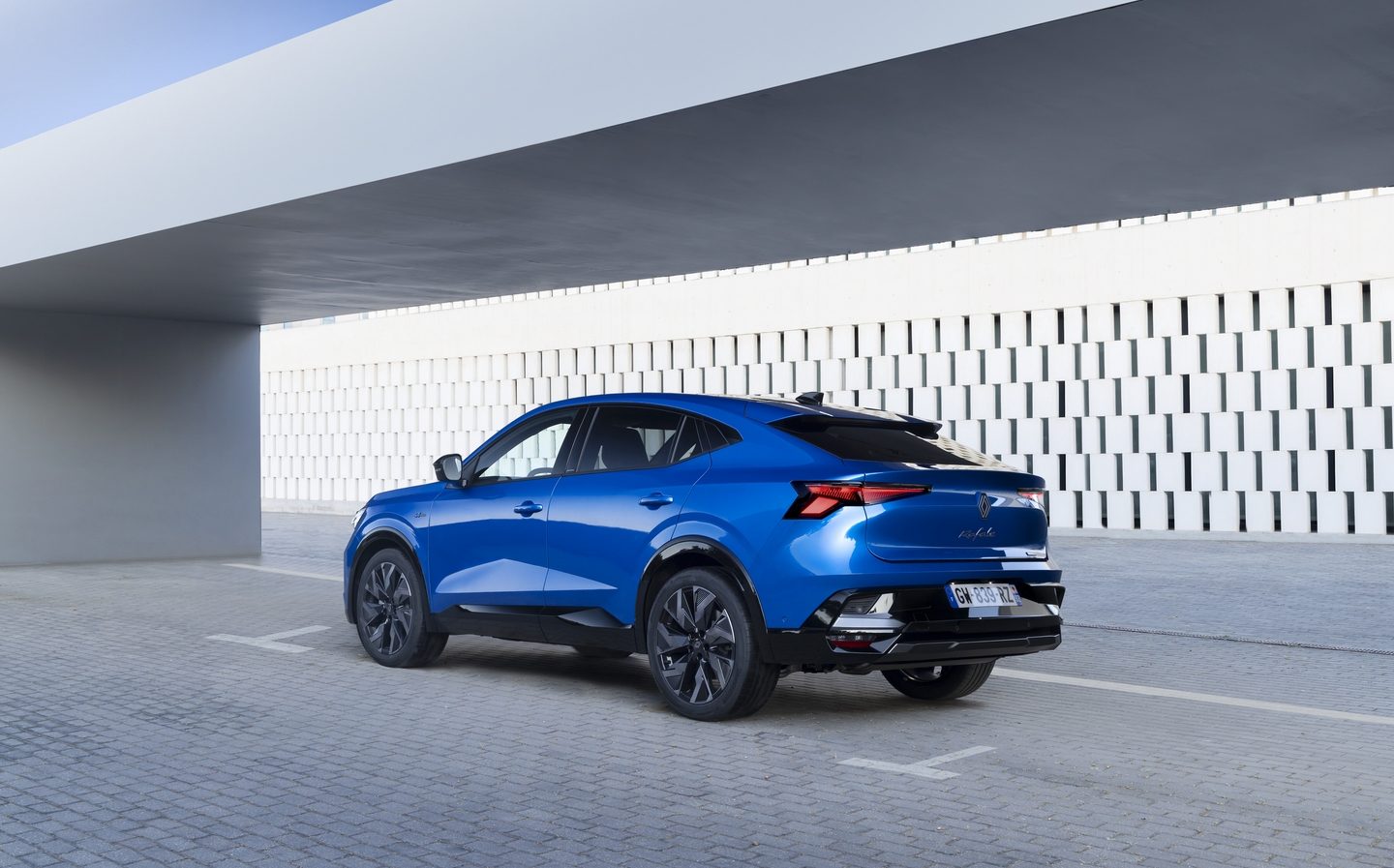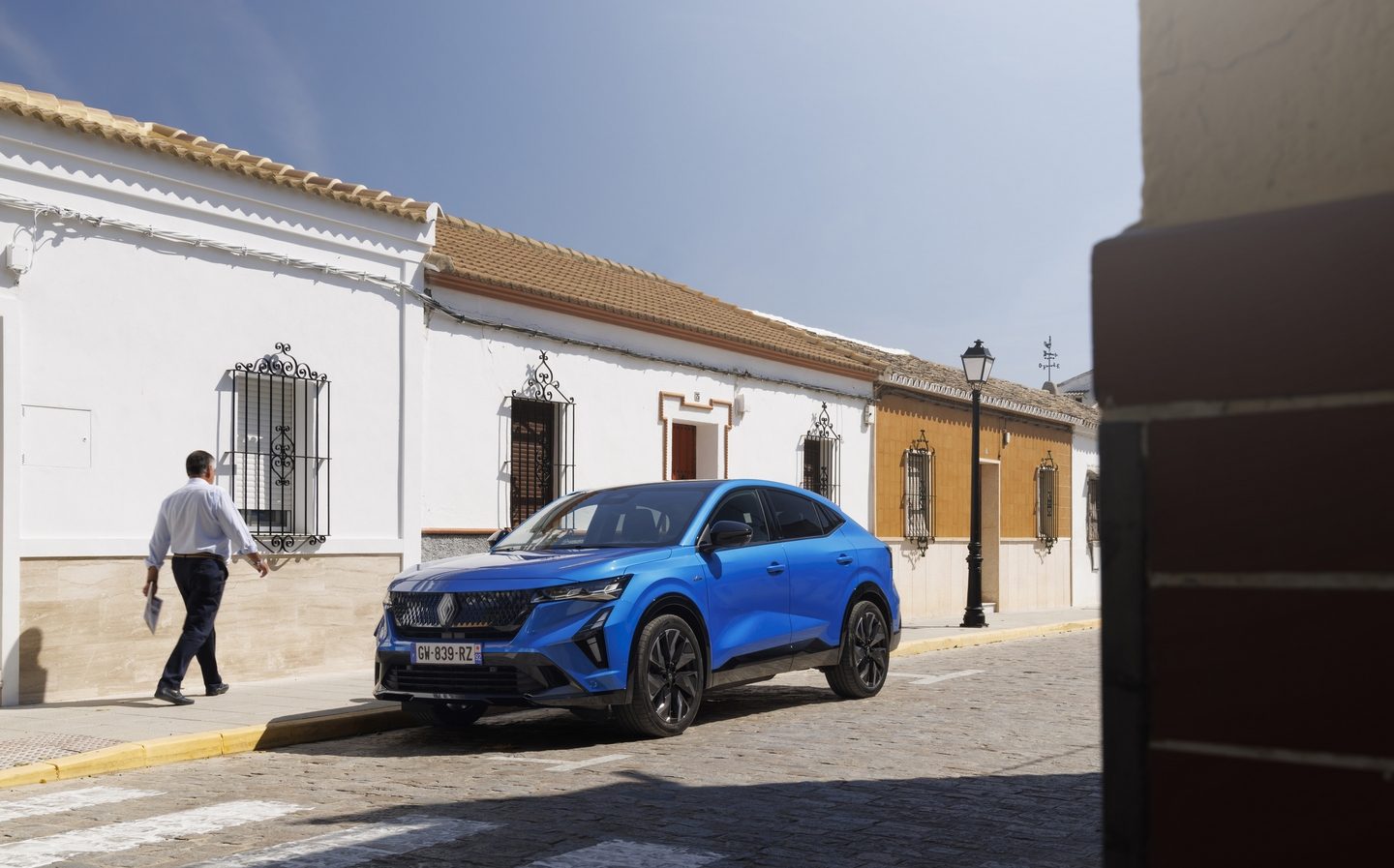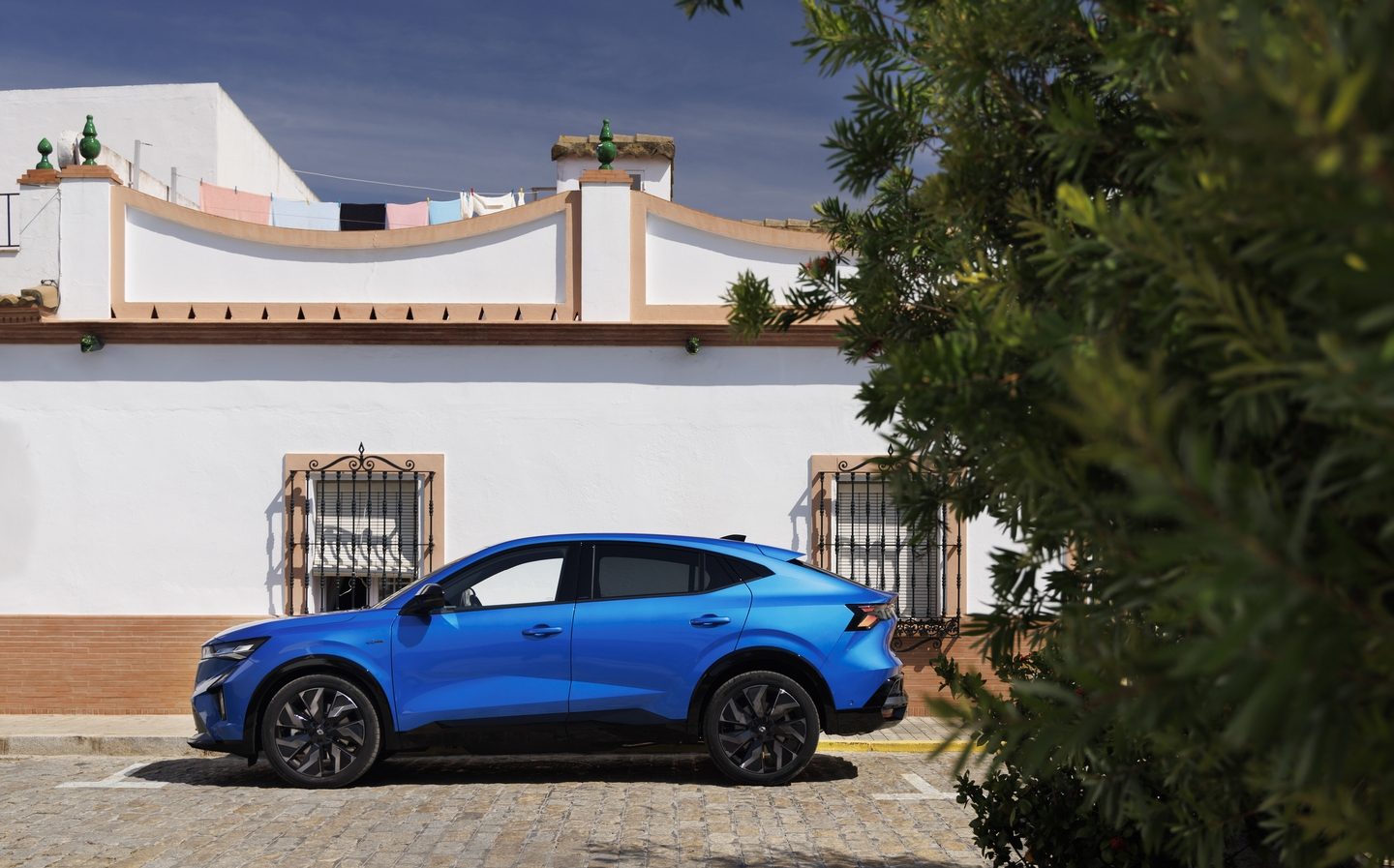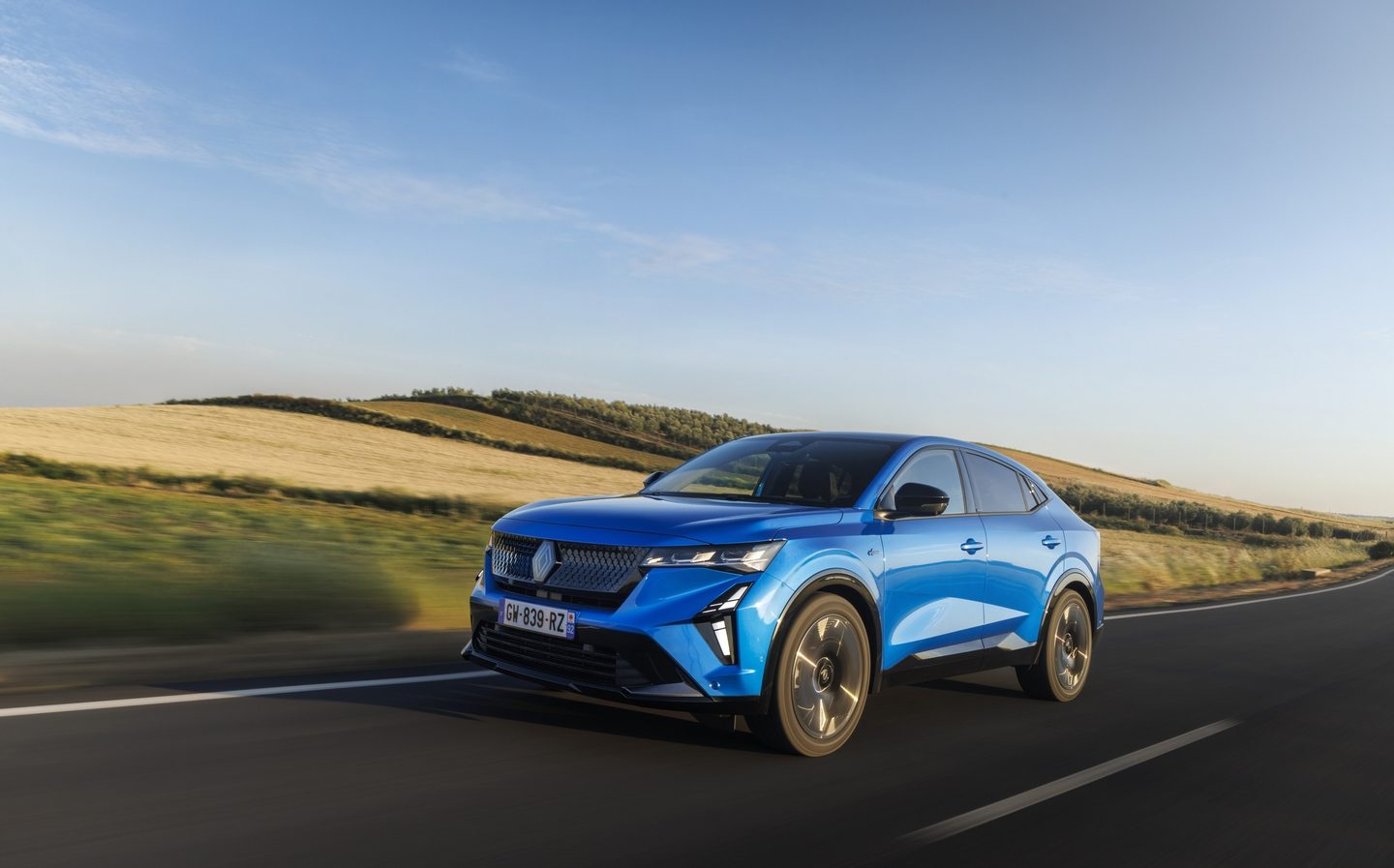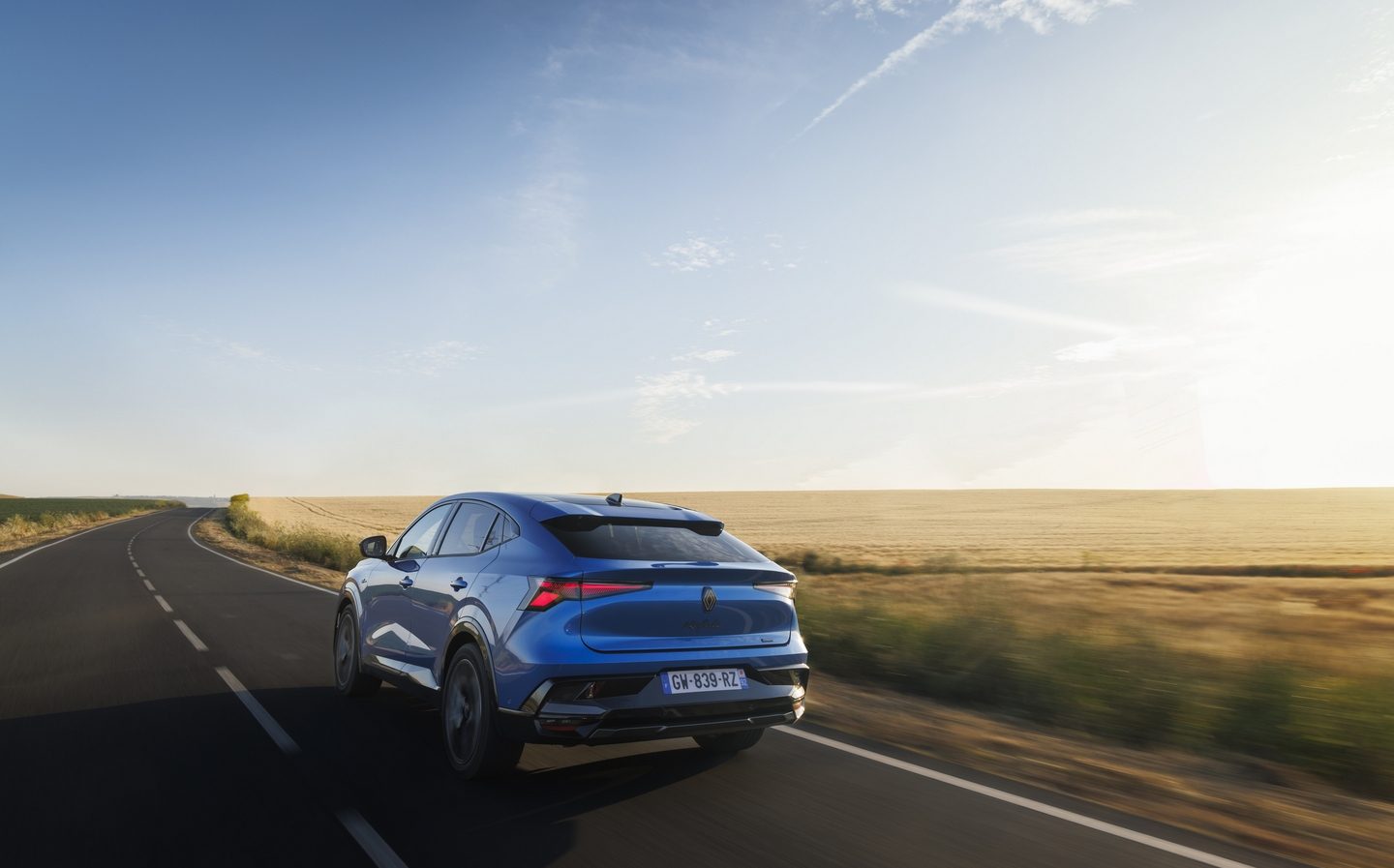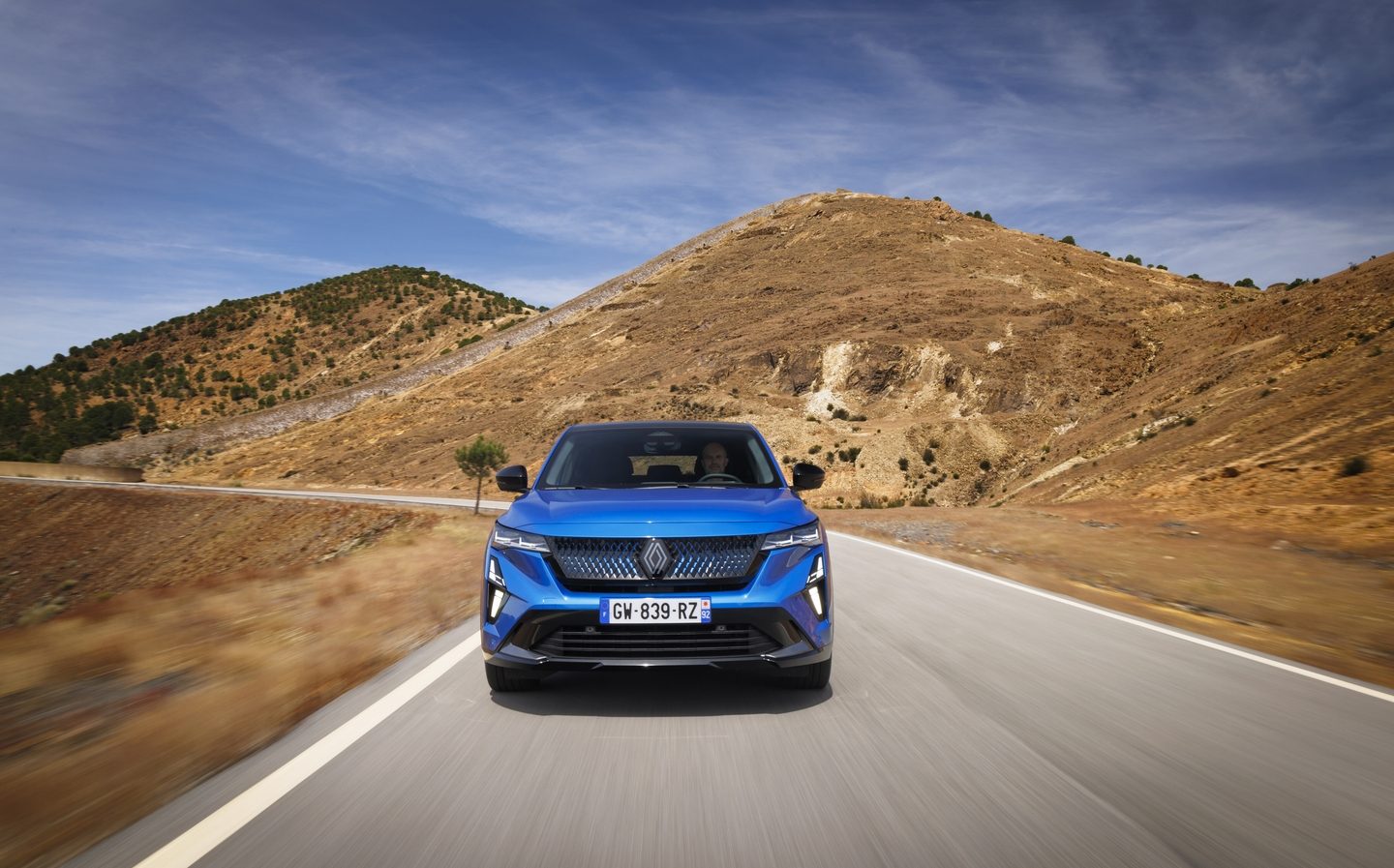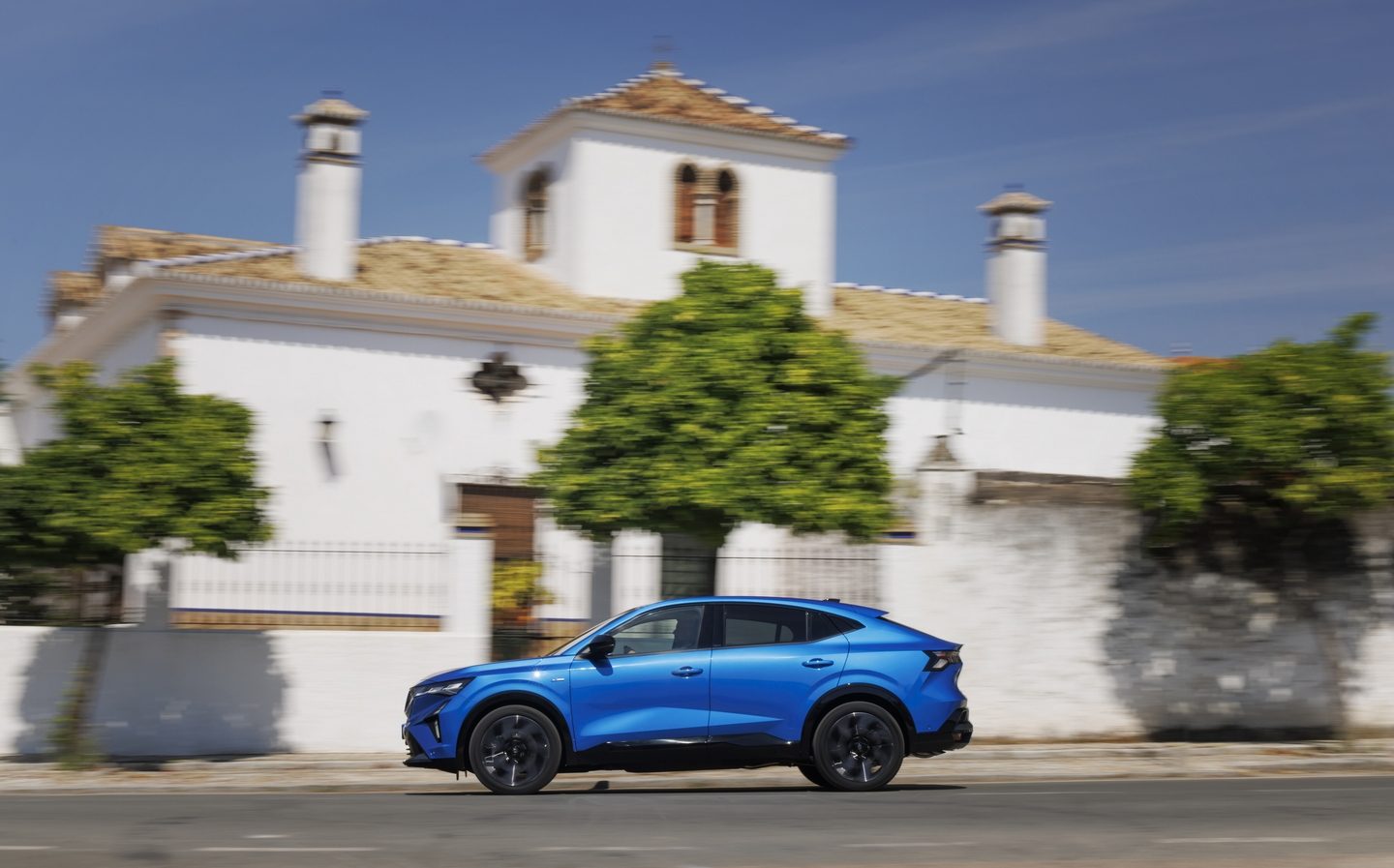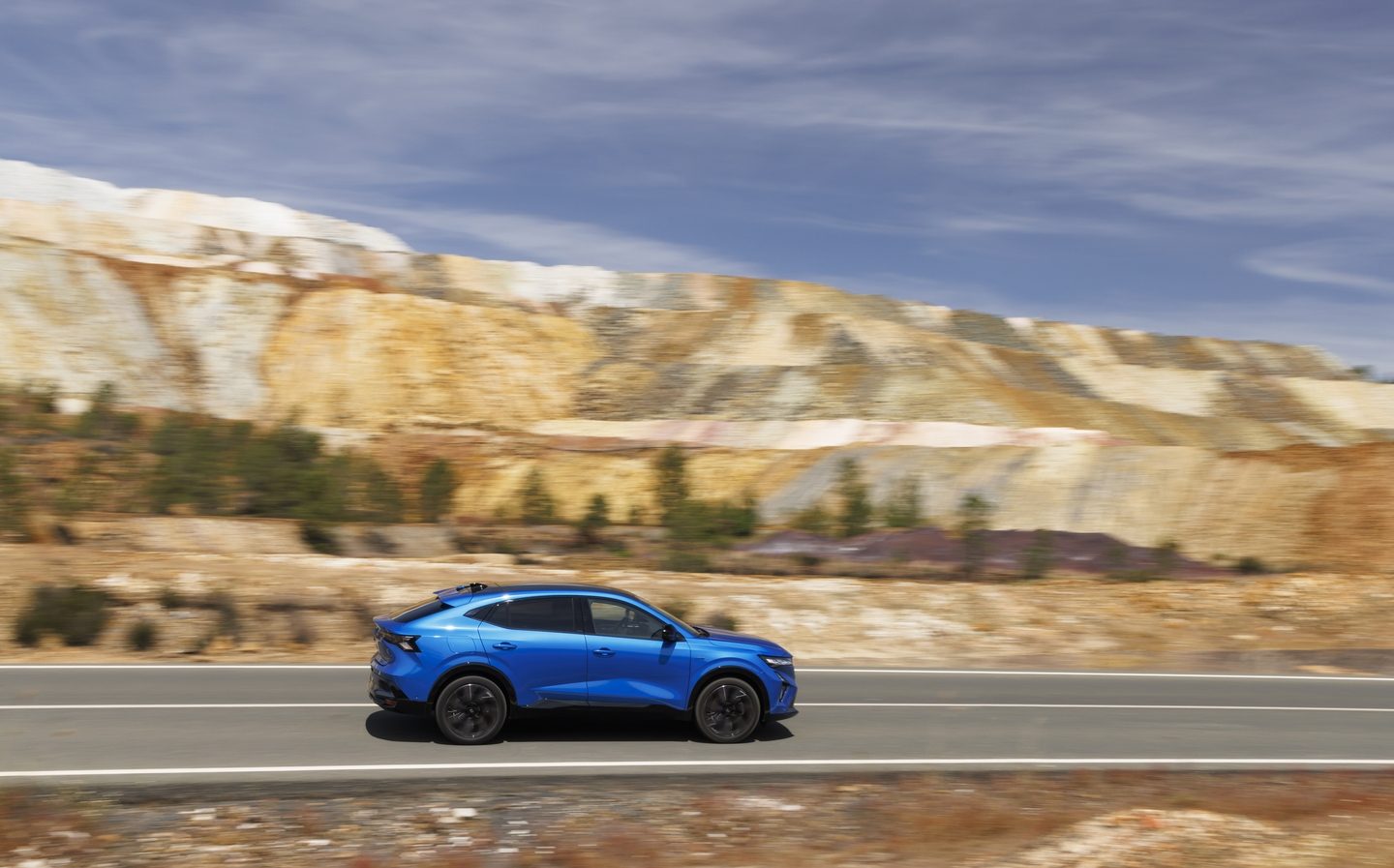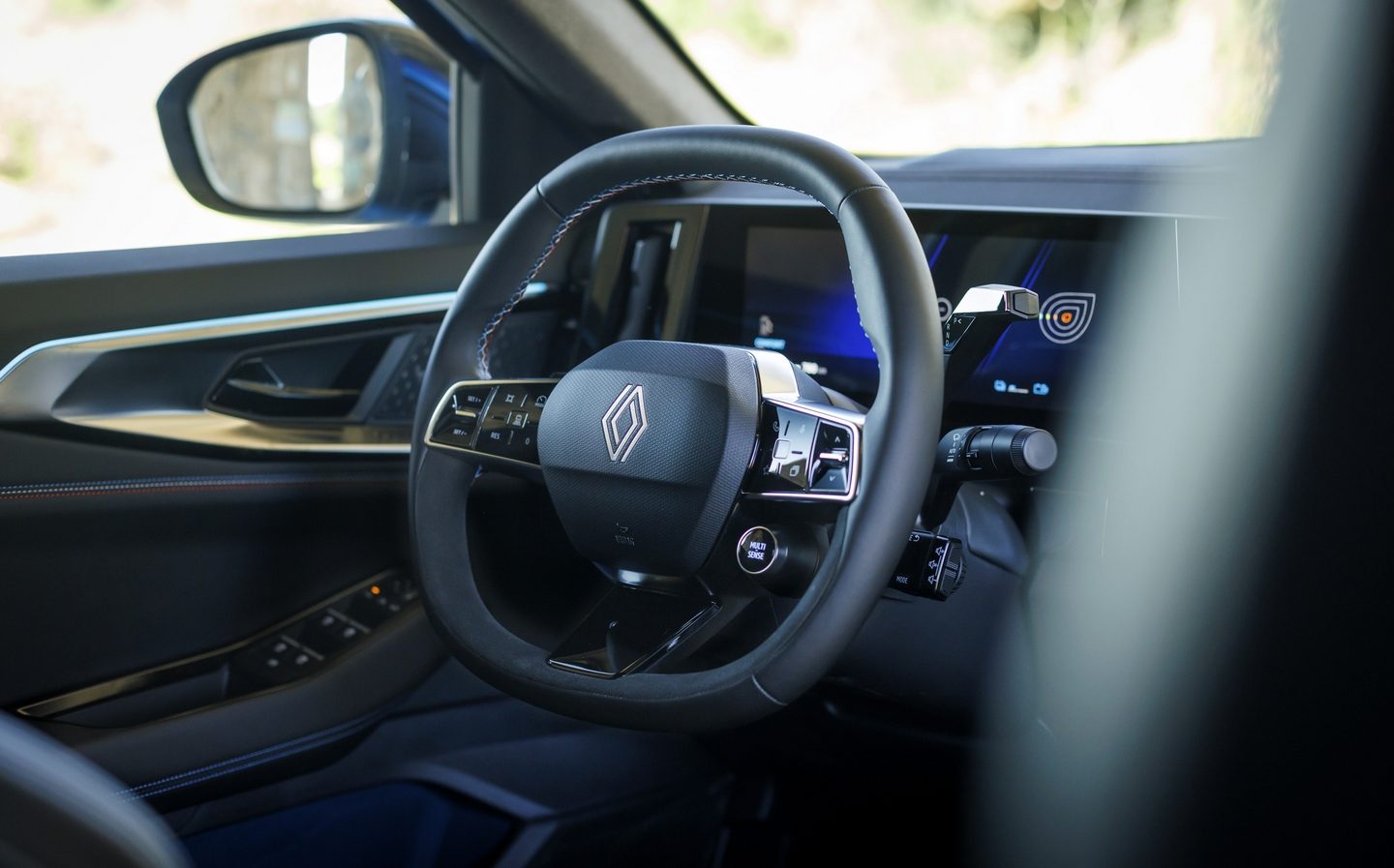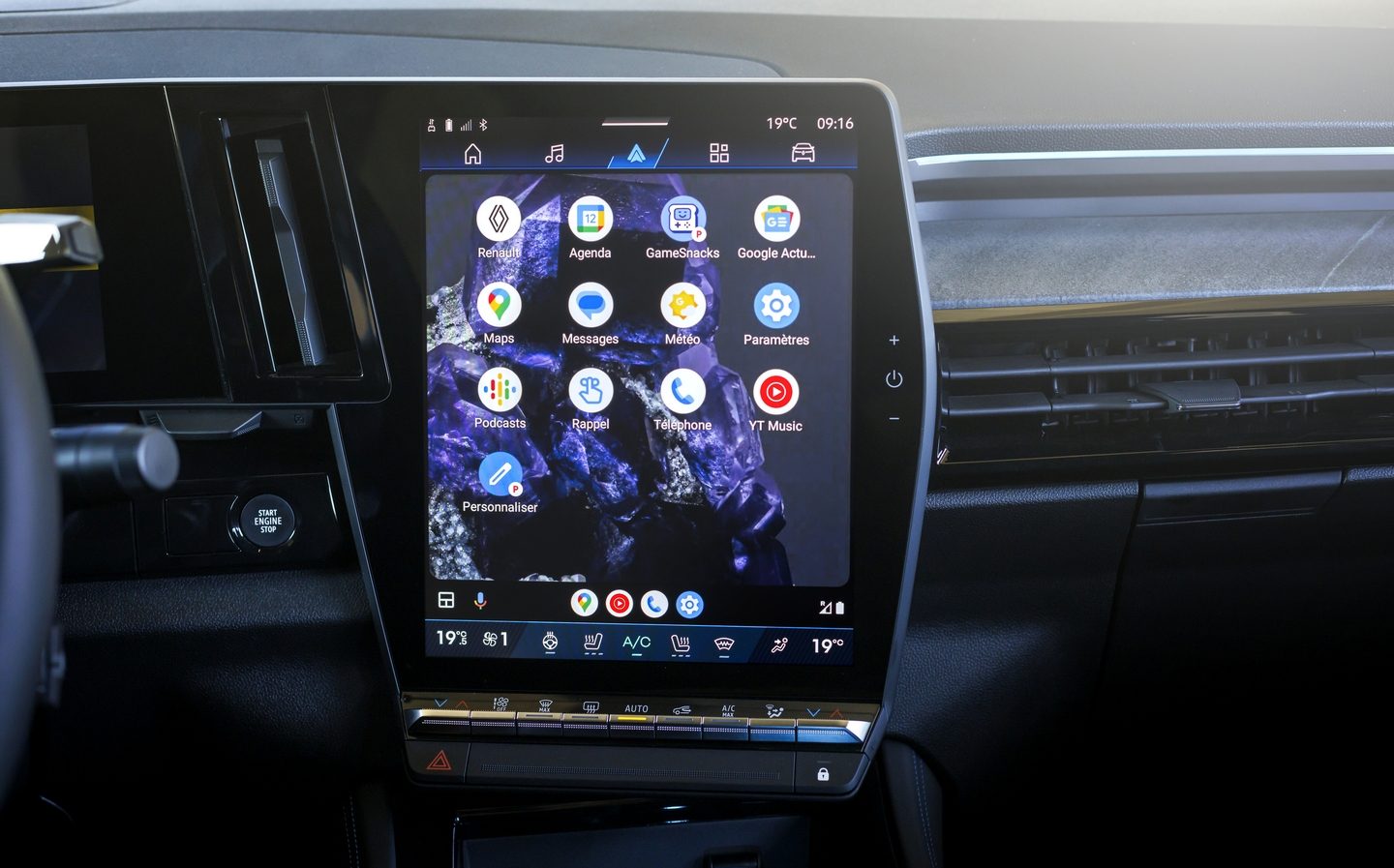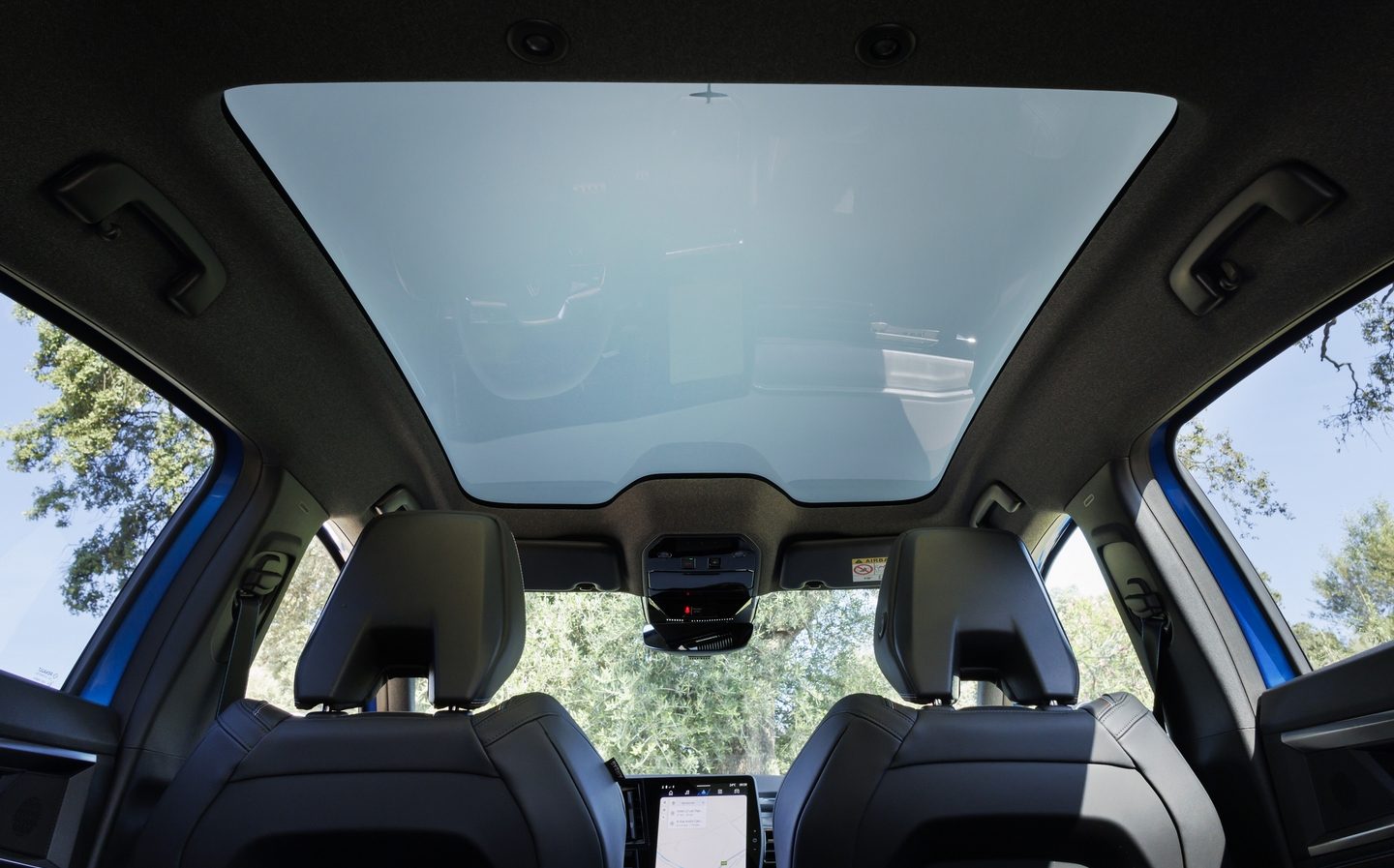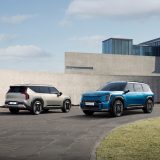Renault Rafale 2024 review: Range-topping SUV tries (and fails) to take on Audi and BMW
Strong in certain areas but too easily outflanked
There’s a phenomenon in the media known as “jumping the shark”. It’s taken from the US sitcom Happy Days, in which cool greaser Fonzie pushes the bounds of credulity by water-skiing over a shark; ever since it’s been used to describe something that has effectively run out of sensible ideas and ventured into the realms of the ridiculous.
Naturally, Happy Days was not the only show to bound over a sharp-toothed predator. James Bond fans might have preferred to call it “hopping the crocodiles”, for example, but it’s the Fonz’s water-borne antics that have stuck in the mind, and indeed the lexicon.
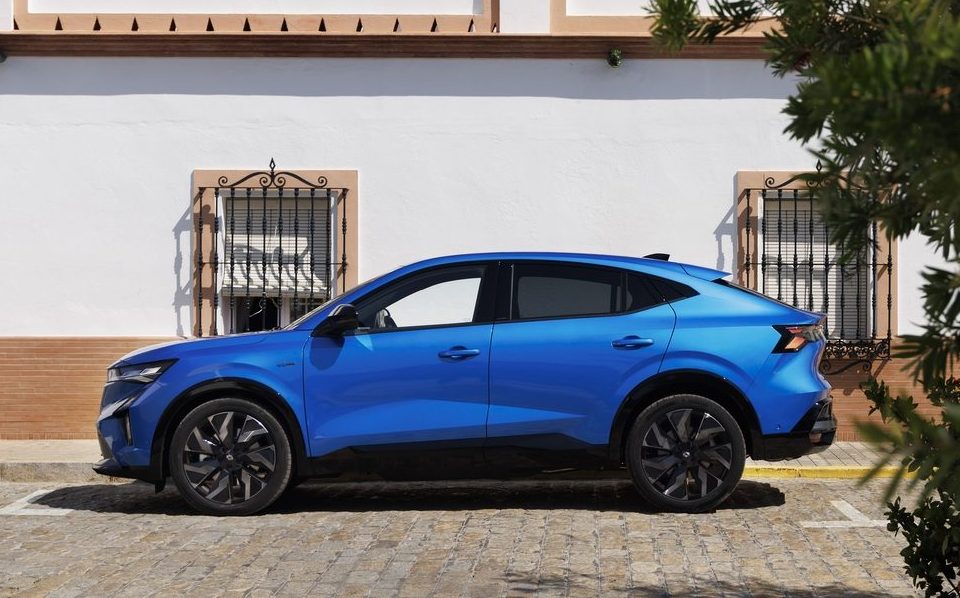
And it seems Renault is about to be reminded of that in the next few months, thanks to the introduction of the new Rafale. A fastback SUV with a modern look and a cool cabin, it was always viewed as a sleek alternative to the Austral family car, but Renault sees it as more than that: with this car, the French company believes it can rival premium alternatives from the likes of BMW and Audi.
Yes, in an attack that would stir the souls of Napoleon Boneparte and General De Gaulle, Renault is hoping to take on the German giants and win. But when the Marseillaise plays and the Rafale pokes its head over the barricades, it’s going to face some pretty stern competition. Playing the part of ever-ready contender Field Marshal Blucher, we have the Audi Q3 Sportback, while the wily and cunning Erwin Rommel of the piece is the BMW X2.
Both are different — the Q3’s solidity and technology are a foil for the X2’s handling and power — but they’re both formidable players, with loyal followings and a hold on the market that will be difficult to break. And yet Renault reckons the Rafale is up to the job, and it’s hoping to tempt customers already driving smaller Renault products such as the Clio as a second car.
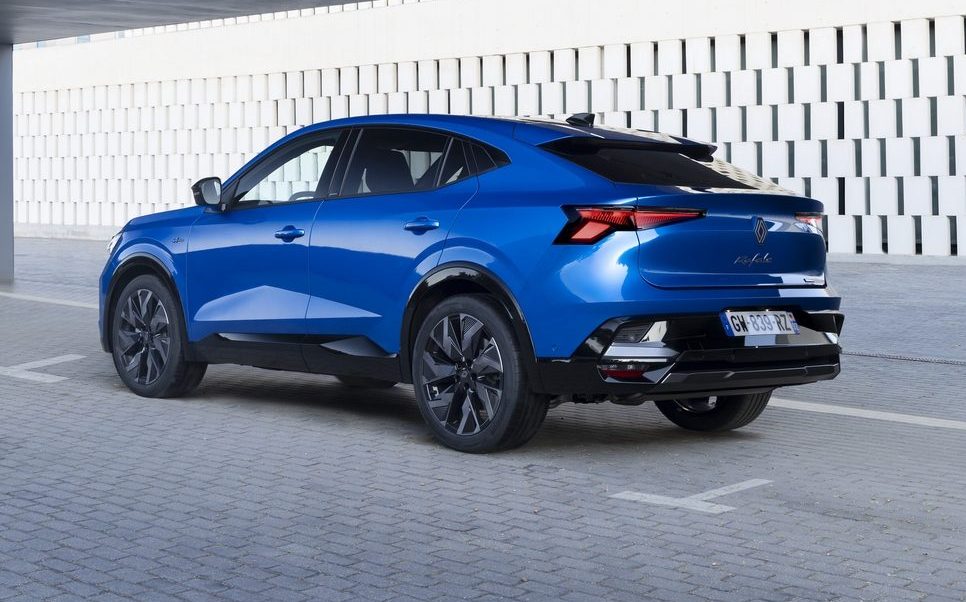
To do that, the company has enlisted the help of former Peugeot designer Gilles Vidal, who appears to have penned the Rafale using only some sketches of his previous employer’s 408 and a photocopier. From the shape of the haunches to the cat-ear design of the rear spoiler, and from the sharp nose to the geometric creases, the Rafale is remarkably similar to its compatriot, and that’s sure to raise eyebrows.
In fact, were the Rafale the product of an upstart Chinese brand, we’d be making all sorts of jokes about copyright infringement. But this is an established French manufacturer we’re talking about.
There are worse crimes than looking like a 408, mind you. After all, nobody has ever criticised their partner for looking too similar to Scarlett Johansson, and though the 408 isn’t classically beautiful, it is handsome enough. So too is the Rafale.
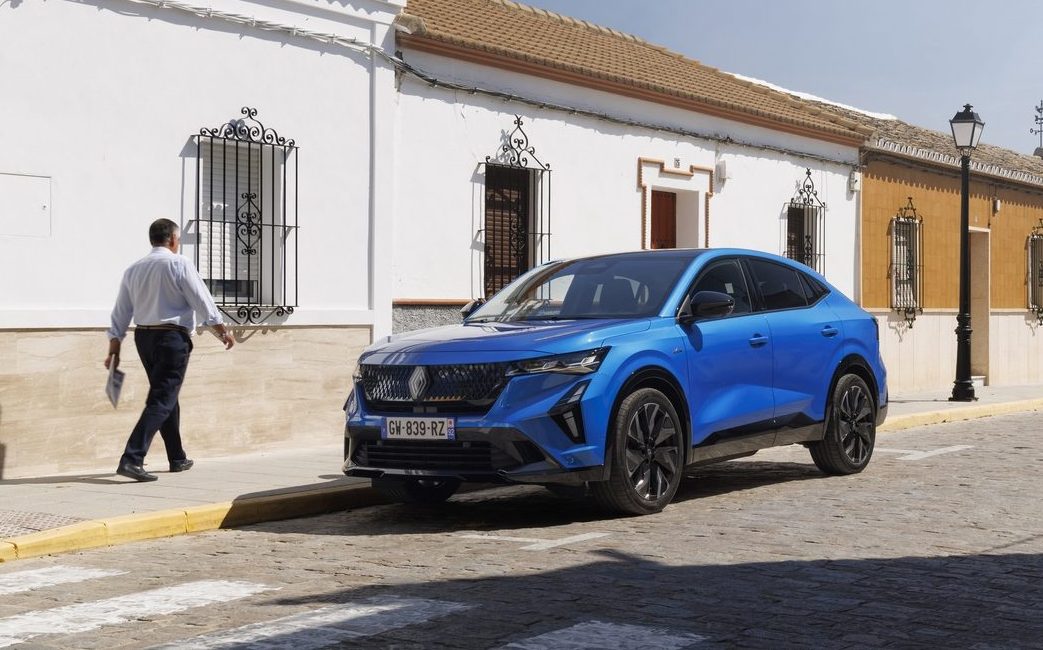
The Renault is also surprisingly large, measuring more than 4.7m long. That’s pretty much on a par with the X4 and Q5, rather than the X2 and Q3, but the price is considerably lower than that of the larger models. The Rafale’s headline price is £38,195, which makes the Renault more than £10,000 cheaper than the Q5 and X4 and aligns it more closely with their smaller siblings.
As a result, it scores well on the practicality front. The back seats offer a huge amount of space even for the tallest adults, with bags of legroom and even plenty of headroom, despite the coupé-like roofline.
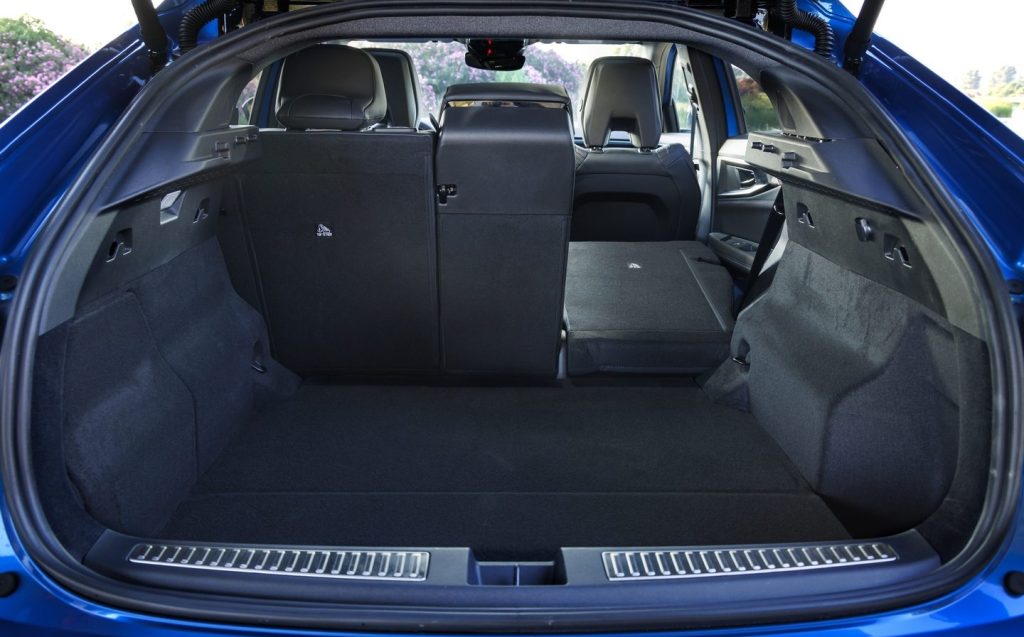
And there’s a 535-litre boot, which is ample rather than impressive, but that’s with the boot’s false floor in its highest position. Include that underfloor space and you’ll be looking at more than 600 litres of carrying capacity.
The cabin doesn’t just score well in terms of space; it’s quite stylish, too. Admittedly the dashboard is more or less lifted from the Austral, but again, there’s nothing wrong with that. Yes, there are some plasticky bits — the steering column gear selector and the buttons on the wheel come to mind — but the style is smart enough and there are some neat details, such as the soft fabric in the door pockets and the moving central arm rest that feels as though it ought to control the engines on a 747.
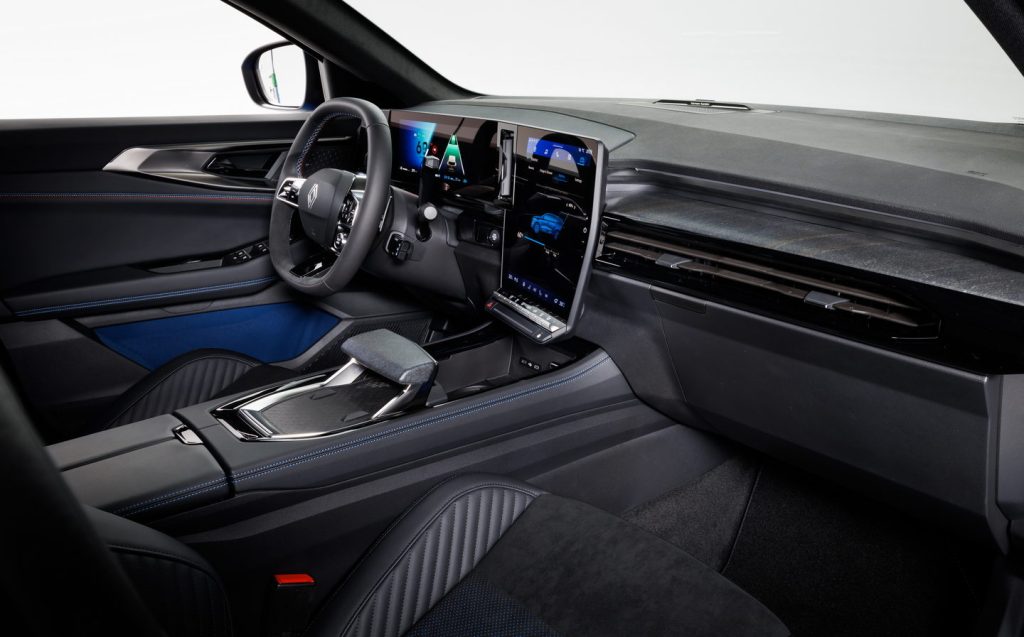
It may not be as polished as the cabin of an Audi or BMW, but it’s more upmarket than you might expect from a French family car.
Special mention should also go to the rear armrest (which Renault modestly refers to as “ingenious”), which is fitted to mid-range and top-end models, and incorporates storage, phone charging and cupholders, as well as little phone holders that allow rear-seat passengers to watch something on their smartphones without having to hold them.
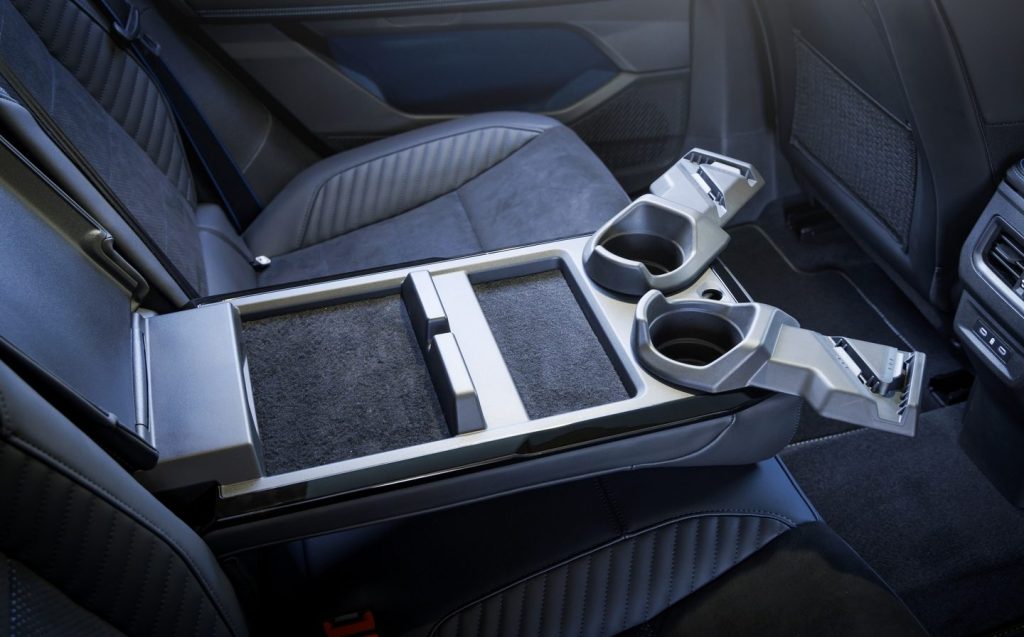
The technology is great, too, with a sharp digital instrument display and a big central touchscreen. It’s all powered by much the same software you might find in a smartphone, so it’s intuitive to use and largely fast to respond, while Google Maps and other familiar applications are included, making it feel familiar. Even by the standards of the tech in some premium brands’ products, the Rafale’s screens are among the best.
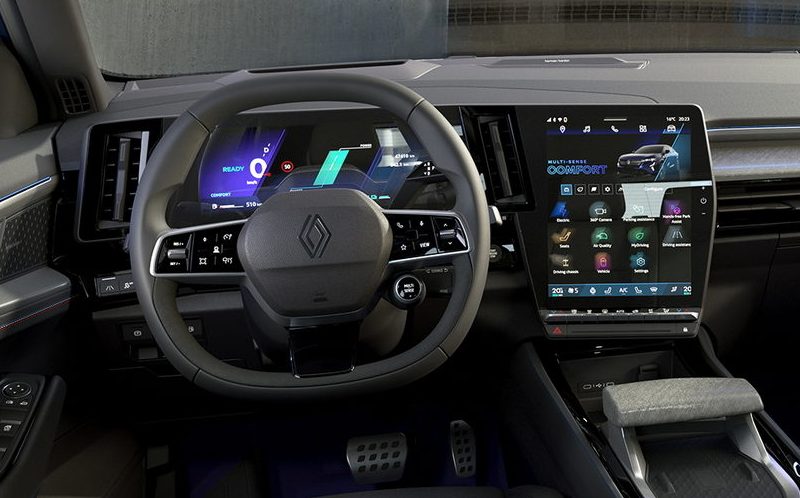
As is the implementation of the safety technology. Not because it’s any better or worse than the stuff you’ll find in a BMW — it isn’t — but because it’s easier to switch off.
Renault has included a system, accessed quickly with a touch of a button behind the steering wheel, that allows you to save your preferences for things like the lane departure warning system, meaning you don’t have to scroll through countless menus to switch it off every time you drive. Simply pick the systems you want activated or deactivated, then double-tap the button when you start the car, and it goes straight to the preferences you’ve saved.
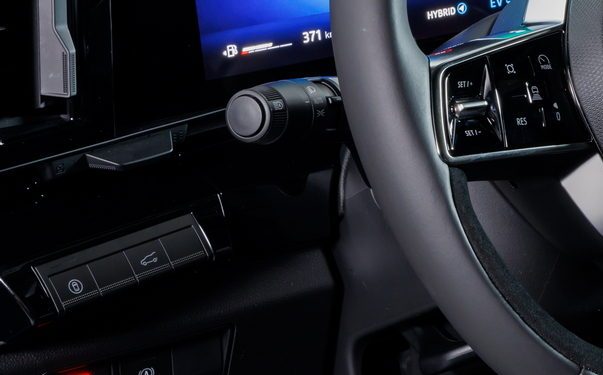
This is particularly useful for the speed limit warning system, which alerts you every time you exceed the limit. It sounds like a clever idea on paper, and the lawmakers have clearly jumped on that, but it’s fundamentally flawed because the navigation system and the traffic sign recognition tech can’t always accurately determine what the limit might be. So, you can drive quite legally at 30mph, only to have the machine complain about a phantom 20mph zone. This is an issue across most brand-new cars, not just those from Renault.
Minor foibles aside, then, the Rafale is stacking up well so far, but things go pear-shaped on the road. Renault makes a lot of noise about the Rafale being as brilliant as its namesake — the Renault-Caudron C.460 Rafale aeroplane — which romped to numerous speed records, but it’s neither as pretty nor as relatively sporty as the aircraft.
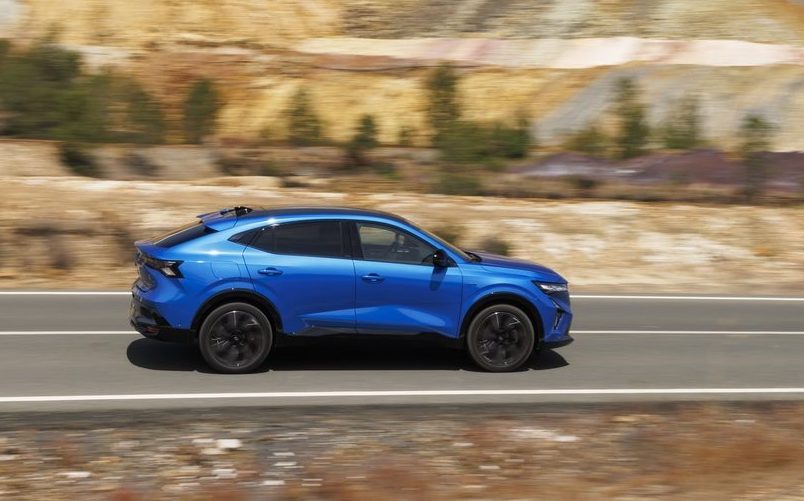
In fairness, the powertrain is the least of its problems. It’s the same hybrid system found in the Austral, and it combines a little 1.2-litre three-cylinder petrol engine and two electric motors to send a meaty 197bhp to the front wheels. That’s perfectly adequate, and the decision to stick with a three-cylinder engine means the car doesn’t drone too much when you put your foot down. Instead, it makes a characterful kind of thrumming noise.
Performance, however, is not what you’d call breathtaking. With a complicated multi-mode automatic gearbox that has six forward speeds on paper but eight in practice, the ensemble feels a bit reluctant at times, and getting from 0-62mph takes an unremarkable 8.9 seconds.
In-gear acceleration feels even more lacklustre, especially if the hybrid system’s battery is low on charge, because the transmission takes an age to kick down. And when it does so, it does it with a noticeable shunt.
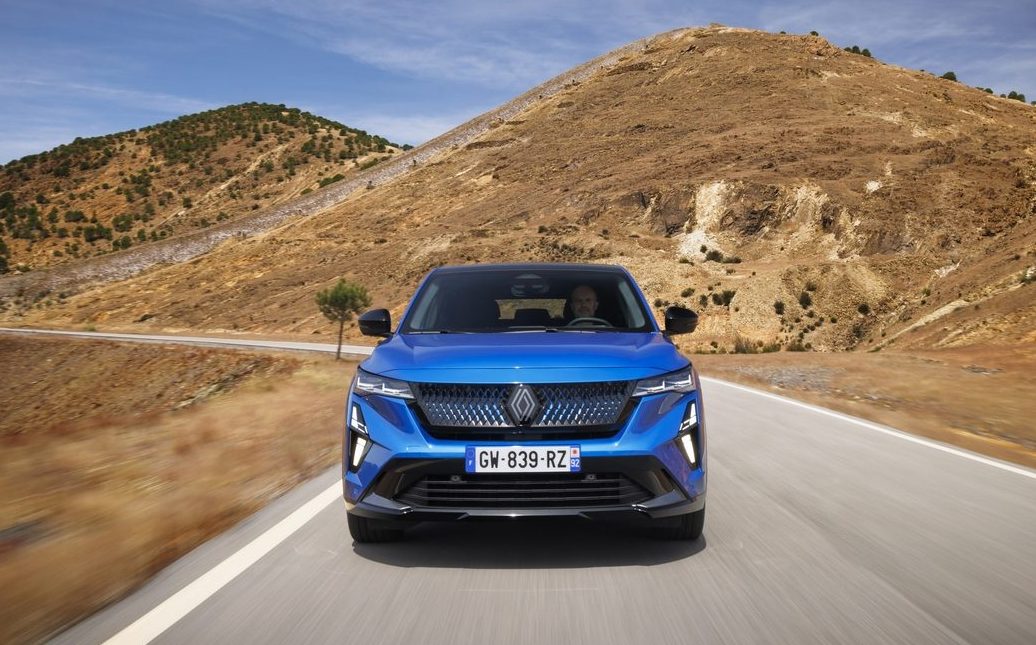
Sportiness is definitely not the Rafale’s forte, then, but it is pretty efficient for a “self-charging hybrid”, managing an impressive 60.1mpg on the official economy test.
That said, it’s neither as sporty, nor as efficient as the upcoming plug-in hybrid variant, set to go on sale at the tail end of this year. That 296bhp option is set to offer 62 miles of electric-only range and four-wheel drive, as well as ultra-low CO2 emissions. Combine that with impressive potential economy and an adaptive suspension system tuned by Renault’s performance brand, Alpine, and it could well be the Rafale of choice. It’ll cost a fair bit more wedge, though.
For the time being, then, the Rafale will only be available with the mixed blessing that is the 1.2-litre hybrid system and, sadly, without that clever suspension system. Because one of the biggest issues with the Rafale is the way it rides, thanks to stiff springs and oversized wheels that make short and sharp imperfections more noticeable than they should be. It isn’t intolerable but it’s much firmer than a family SUV has any right or need to be.
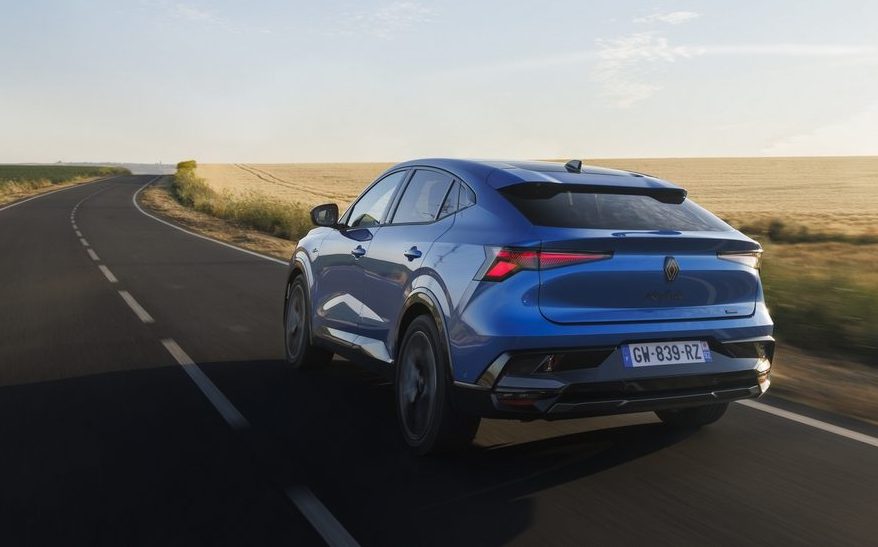
Normally, we’d forgive such a stiff ride if it meant the Rafale offered exquisite body control or impressive agility, but Renault can’t even cite that as a trade-off. It’s true that the body doesn’t wallow about in the way a more comfort-orientated SUV’s might, but it still moves noticeably when you chuck the car into a corner.
And you might find yourself throwing it in more than you expect thanks to the 4Control four-wheel steering that’s standard on all but the most basic Rafale variants. It actually turns the rear wheels slightly in the opposite direction to those at the front, giving the Rafale a fairly tight turning circle for such a big car, but it comes at the cost of excessive nervousness and twitchiness at anything other than relatively low speed.
Admittedly, the steering feel (or almost total lack thereof) is at fault for some of that because the lightness of the wheel and the speed of the steering rack mean every bump will cause the steering wheel to move slightly. That in turn makes the front (and rear) wheels move by a surprisingly large amount, so the car spears off to one side or the other, and it feels as though you’re always over-correcting for any little imperfection in the road surface.
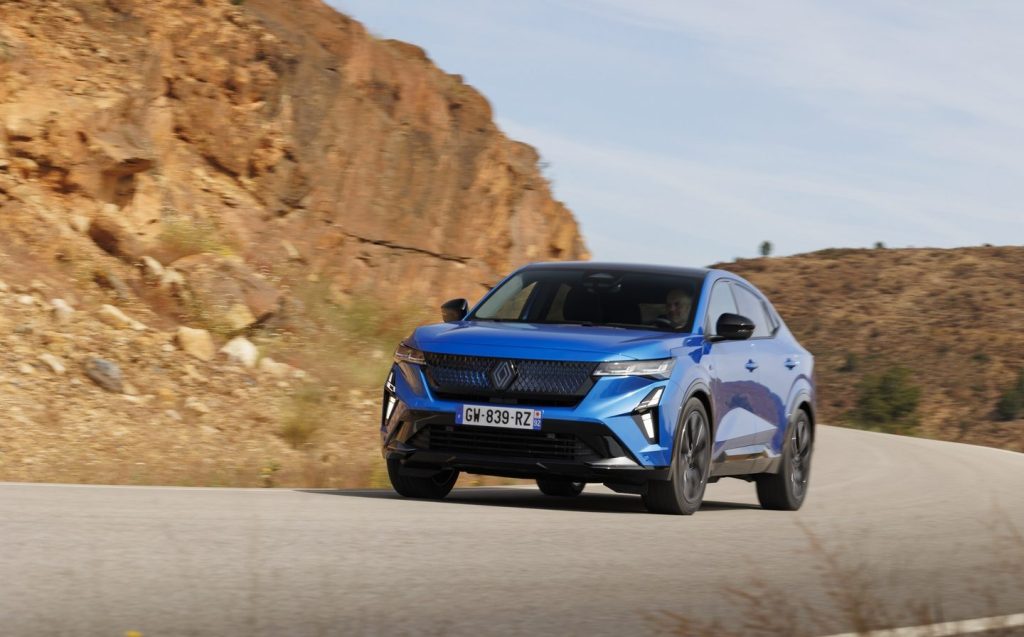
The best answer to the problem is to turn the all-wheel-steering system right down to one of the most stability-orientated of its 13 settings, then apply the sport mode to the steering, increasing the weight of the wheel to reduce any over-corrections. But it still feels strangely woolly and vague, which limits the amount of fun you can have and gives you a sense of detachment through your hands, which is quite jarring alongside the over-attachment you feel through your backside.
Perhaps, then, the answer will be to stick with the cheapest Techno version of the Rafale, which is most competitive alongside the German rivals and does without the 4Control system but still comes with plenty of kit as standard.
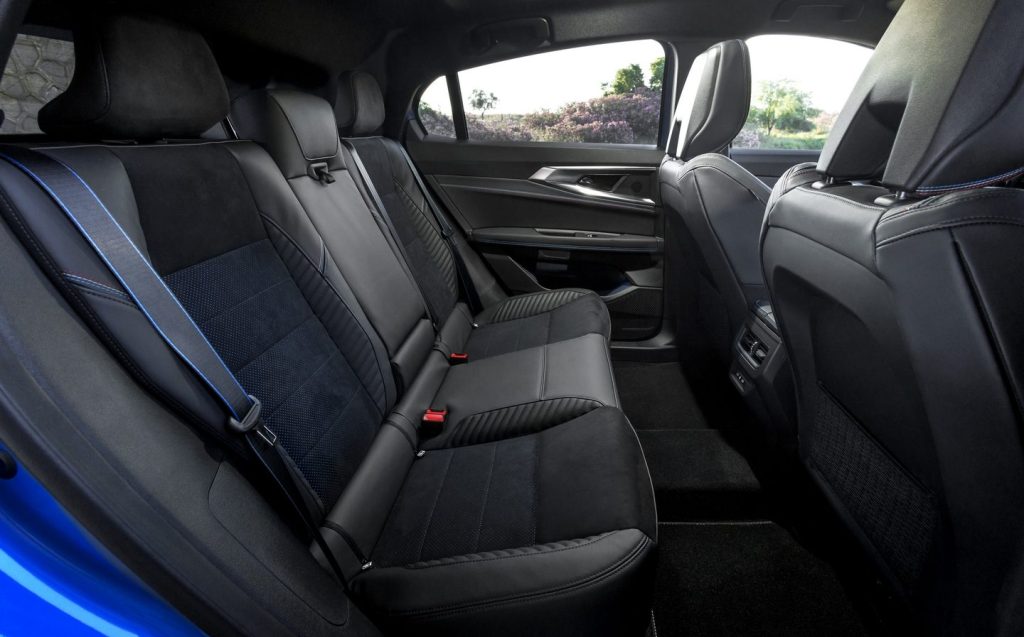
Has Renault really jumped the shark, then, or does the Rafale have what it takes to push back the German tide? The answer to both questions, perhaps, is no. The Rafale has enough going for it to prevent it from being ridiculous — we’re fans of the space, the efficiency and the tech — but there are too many weak points for it to be a contender in the luxury sector.
In a way, the Rafale is the automotive equivalent of the Maginot Line. It’s strong in quite a few places but easily outflanked.
Related articles
- If you found our review of the Renault Rafale interesting, you might like to read about the reinvention of the Renault Scenic as an electric SUV
- You might also want to see our review of the Renault Mégane E-Tech Electric
- Interested in hybrids? Here are some of the best hybrid cars to buy instead of a diesel
Latest articles
- Seven great automotive events to visit this summer, from F1 to art and champagne
- Watch new Porsche 911 GT3 smash Nürburgring record for manual cars
- Skoda Elroq 2025 review: Czech carmaker can’t seem to miss with its electric family cars
- Five best electric cars to buy in 2025
- Should I buy a diesel car in 2025?
- F1 2025 calendar and race reports: The new Formula One season as it happens
- Zeekr 7X AWD 2025 review: A fast, spacious and high tech premium SUV — but someone call the chassis chief
- Denza Z9GT 2025 review: Flawed but sleek 1,062bhp shooting brake from BYD’s luxury arm
- Extended test: 2024 Renault Scenic E-Tech review



